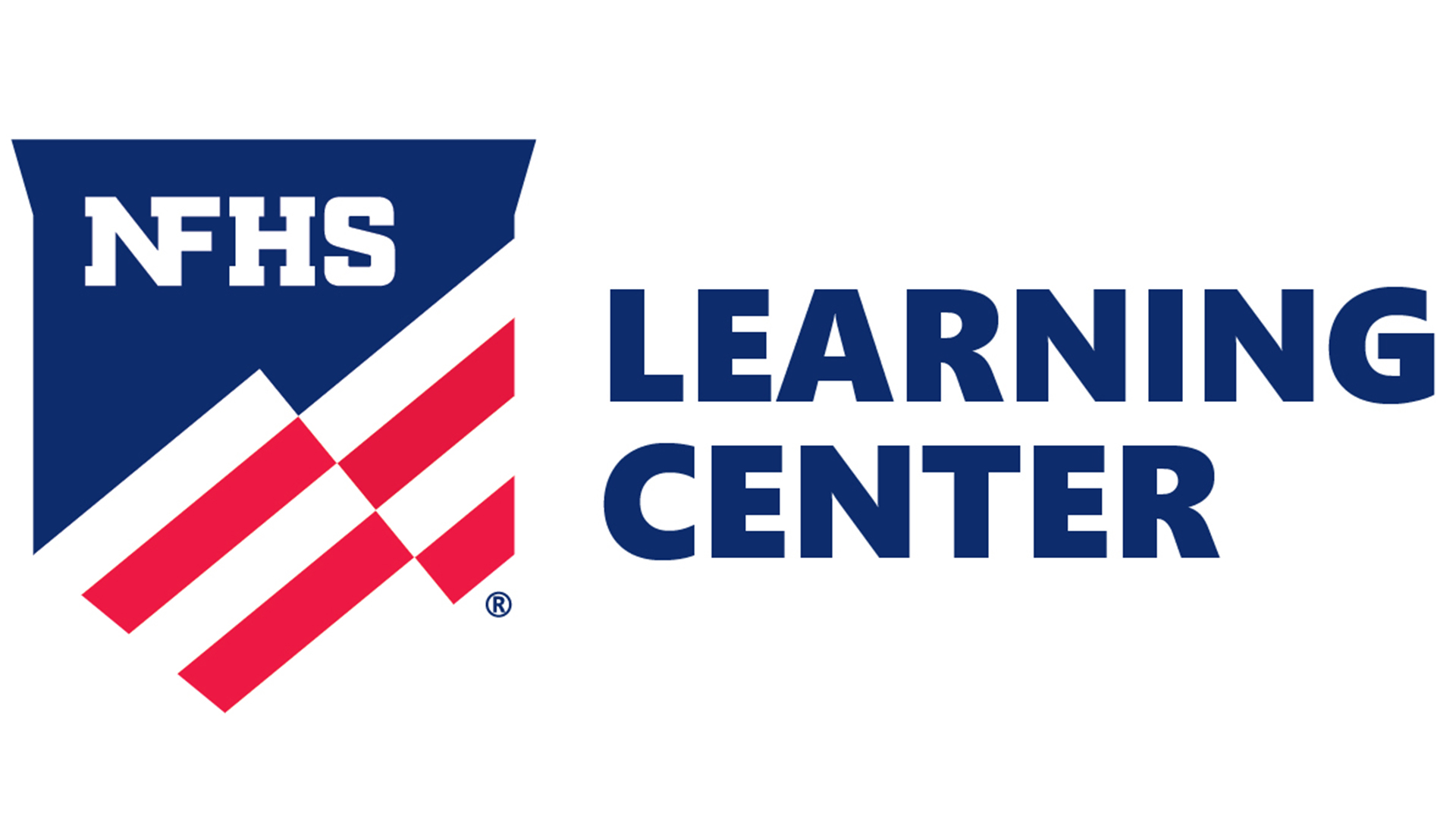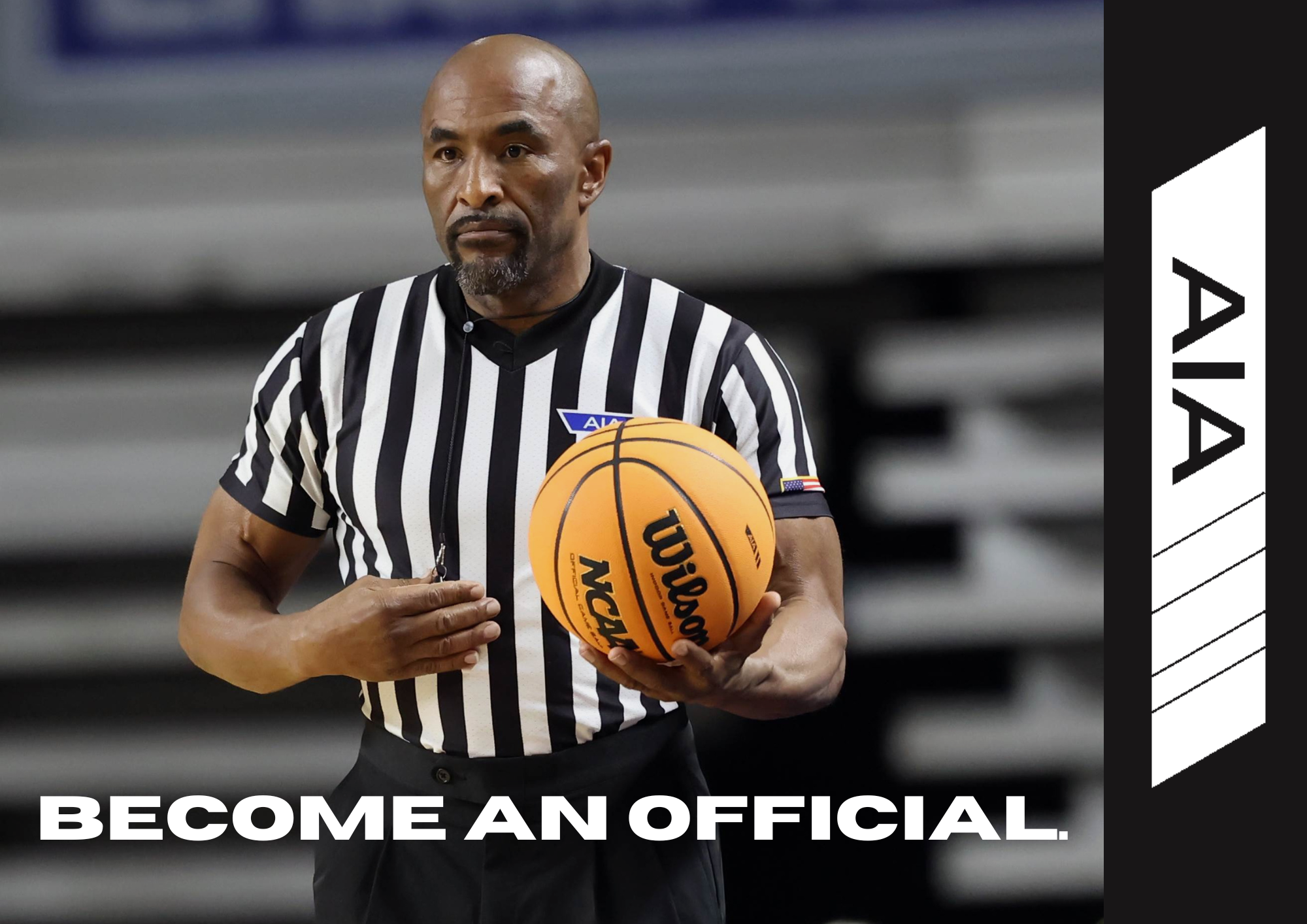NFHS Learning Center releases new courses on student leadership, communicable skin infections
August 10, 2023 by Seth Polansky, AZPreps365

This press release was written by Nate Perry, manager of media relations for the National Federation of State High School Associations (NFHS).
INDIANAPOLIS, IN (August 10, 2023) — A two-course series focused on student leadership and a course with information on communicable skin infections are the newest additions to the National Federation of State High School Associations’ (NFHS) online education platform, the NFHS Learning Center. All three new offerings are available to users at no cost.
“We are excited to introduce these three new courses to our expanding library of courses for the interscholastic community,” said Dan Schuster, NFHS director of educational services. “We believe these courses will bring value to those who take them and will contribute to improving the interscholastic experience for young people.”
The first course in the student leadership series, which was developed through a partnership with the Michigan High School Athletic Association, is titled “Becoming a Leader.” Using real student testimonials, the course is focused on defining what a student leader is and does, as well as providing a foundation for students to build on their own leadership capabilities. A large portion of both courses is self-reflective and encourages students to think about how the presented materials apply to the unique dynamics on their teams and in their schools and communities.
Following a brief self-evaluation, students learn two of the most important characteristics of leadership – knowing “when to show up” and “how to show up.”
The course explains that to be an effective leader, students must understand that not every situation calls for their unique brand of leadership, and that sometimes they must be a follower depending on the goal and the group needing to be led. Examples of each scenario are provided, along with more student testimonials describing the balance between leading and following.
“How to show up” addresses the wide range of roles and responsibilities a leader may have on his or her team with regard to communication, motivation, positivity and other areas. Reacting properly during critical moments and understanding how those reactions have a larger impact on the team is another major theme and sets up the course’s final section on the two leadership pathways – taking action and taking care.
This unit covers how “taking action” to help the team succeed can be executed in a variety of ways and is not limited to a student’s sports team, but can also take place within activity groups, the entire student body, and the community overall. Meanwhile, “taking care” revolves around a leader’s ability to generate and develop relationships with teammates and the impact it can have on each team member’s sense of value.
Once they have completed the “Becoming a Leader” curriculum, students are invited to take the “Leading Others” course, which delves further into specific leadership roles and how students can choose the role that best suits them. The goal of the course is not to make every student an expert in every leadership role, but to make them aware of each role and give them the tools necessary to improve at each role if they so choose.
After a quick review of the major points from part one, “Leading Others” quickly jumps into the four leadership roles – the playmaker, the motivator, the ally and the team representative – and the skills required to embody each one.
The course depicts the playmaker as an on-the-field leader whose primary responsibility is to set goals, both individually and for the team. This section presents a step-by-step guide to setting both performance goals and ultimate team goals and includes commentary from real-life “playmakers” on how they approach goal-setting for their teams.
The next chapter dissects the role of the motivator, an inspirational leader who controls the emotions of the team. Students lay the foundation for their potential as motivators by reviewing the “ABCs of Emotional Control” and receiving additional instruction from a mental performance coach.
A good listener who brings the team together, the ally is the third leadership role discussed in this unit. Team building and cohesion are the central skills presented for allies, as students are taught how to strengthen and maintain relationships and embrace diversity among their teammates.
The final leadership role covered in the course is The Team Representative, the “face” and “voice” of the team who handles communication with administrators, the community, and others outside of the team. As such, this unit is focused on honing students’ communication skills and how to send and receive messages effectively.
In the final unit, students are asked to process a pair of conflict situations and apply the knowledge they have learned throughout the course to understand how different leadership roles are needed based on the task at hand.
“Everything we do has the student in mind; however, these student leadership courses directly benefit students, and we believe that this coursework will get them to better understand leadership and know how to implement this information at school, within sports and activity programs, and in their communities,” said Schuster.
“Communicable Skin Infections” is designed to help coaches, parents and student-athletes identify different types of skin infections and the appropriate methods of treating them. It also highlights the importance of personal hygiene and the cleanliness of shared equipment and communal spaces as preventative measures.
After a brief overview of skin infections and their transmission in high school activities, the course discusses the three key issues to consider when evaluating a skin infection and what the various forms of lesions mean as indicators. Being able to describe the appearance of lesions and lesion patterns as well as symptoms such as pain, itchiness and swollen lymph nodes are critical to understanding what infectious agents may be present. Furthermore, the course states, accurately communicating this information to medical personnel can make all the difference in implementing the correct treatment plan.
Bacterial, fungal and viral infections – and their respective causes, symptoms and additional risk factors – are covered in the following unit. The section on bacterial infections contains detailed information on cellulitis, folliculitis, impetigo, methicillin-resistant staphylococcus aureus (MRSA), paronychia and pitted keratolysis; tinea and onychomycosis are discussed in the fungal skin infections chapter and varicella, shingles, herpes simplex (HSV), molluscum contagiosum, pityriasis rosea and hand, foot and mouth disease are the featured viral infections.
The final and arguably most important portion of the course is devoted to preventing infections. To start, the course implores students to utilize conventional methods of cleaning the skin (washing hands, showering) as soon as possible after activities, while also listing several less-traditional alternatives for students who prefer not to shower. Cleaning every surface of shared spaces is another major point in this section, as is making sure students are not sharing personal hygiene products and are wearing clothing (jerseys, band uniforms, costumes, etc.) that has been properly washed.
The course stresses that a medical professional should be involved in evaluating any lesion found on a student’s body and that every member of the team be evaluated in the event of an outbreak. The final slides of the course address ways to reduce exposure to potential bloodborne infectious diseases and other diseases that are communicable.
“Information on this topic is much needed and has been discussed for a few years in the medical community as a needed resource,” Schuster said. “We believe this information will help administrators, coaches, parents and students better understand communicable skin infections and know how to identify – but hopefully minimize the opportunity – for skin infections to occur.”
More information on the “Becoming a Leader” and “Leading Others” courses can be found at: https://nfhslearn.com/courses/student-leadership-becoming-a-leader and https://nfhslearn.com/courses/student-leadership-leading-others, respectively, while those looking for more details on “Communicable Skin Infections” should visit: https://nfhslearn.com/courses/communicable-skin-infections.
###
About the National Federation of State High School Associations (NFHS)
The NFHS, based in Indianapolis, Indiana, is the national leadership organization for high school sports and performing arts activities. Since 1920, the NFHS has led the development of education-based interscholastic sports and performing arts activities that help students succeed in their lives. The NFHS sets direction for the future by building awareness and support, improving the participation experience, establishing consistent standards and rules for competition, and helping those who oversee high school sports and activities. The NFHS writes playing rules for 17 sports for boys and girls at the high school level. Through its 50 member state associations and the District of Columbia, the NFHS reaches more than 19,500 high schools and 12 million participants in high school activity programs, including more than 7.6 million in high school sports. As the recognized national authority on interscholastic activity programs, the NFHS conducts national meetings; sanctions interstate events; offers online publications and services for high school coaches and officials; sponsors professional organizations for high school coaches, officials, speech and debate coaches, and music adjudicators; serves as the national source for interscholastic coach training; and serves as a national information resource of interscholastic athletics and activities. For more information, visit the NFHS website at www.nfhs.org.
MEDIA CONTACTS:
Bruce Howard, 317-972-6900
Director of Publications and Communications
National Federation of State High School Associations
bhoward@nfhs.org
Chris Boone, 317-972-6900
Assistant Director of Publications and Communications
National Federation of State High School Associations
cboone@nfhs.org
Nate Perry, 317-972-6900
Manager of Media Relations
National Federation of State High School Associations
nperry@nfhs.org
Olivia Jennings, 317-972-6900
Coordinator of Social Media and Communications
National Federation of State High School Associations
ojennings@nfhs.org


